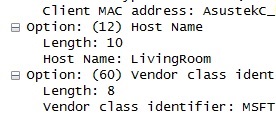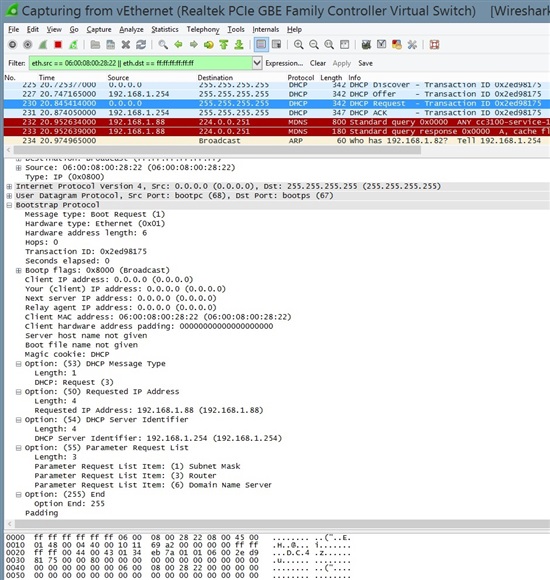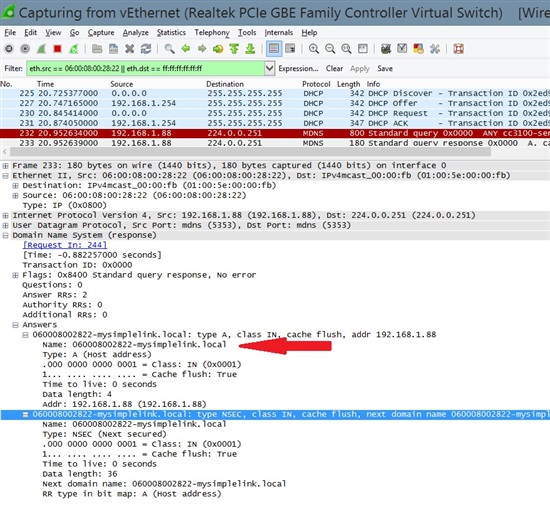There have been a few discussions about adding the client hostname to the CC3000's DHCP request/discover
http://e2e.ti.com/support/wireless_connectivity/f/851/t/350167.aspx
http://e2e.ti.com/support/wireless_connectivity/f/851/t/206099.aspx
http://e2e.ti.com/support/wireless_connectivity/f/851/t/206099.aspx
Is this resolved in the CC3100/3200?
Also, I've been through the Programmer's Guide API (http://www.ti.com/lit/ug/swru368/swru368.pdf) and see examples on how to register services for advertising (e.g. _ipp._tcp.local) but how do you set the actual host name of the client itself? For example what API calls do I make so my laptop can resolve e.g. http://myCC3100device.local ?






